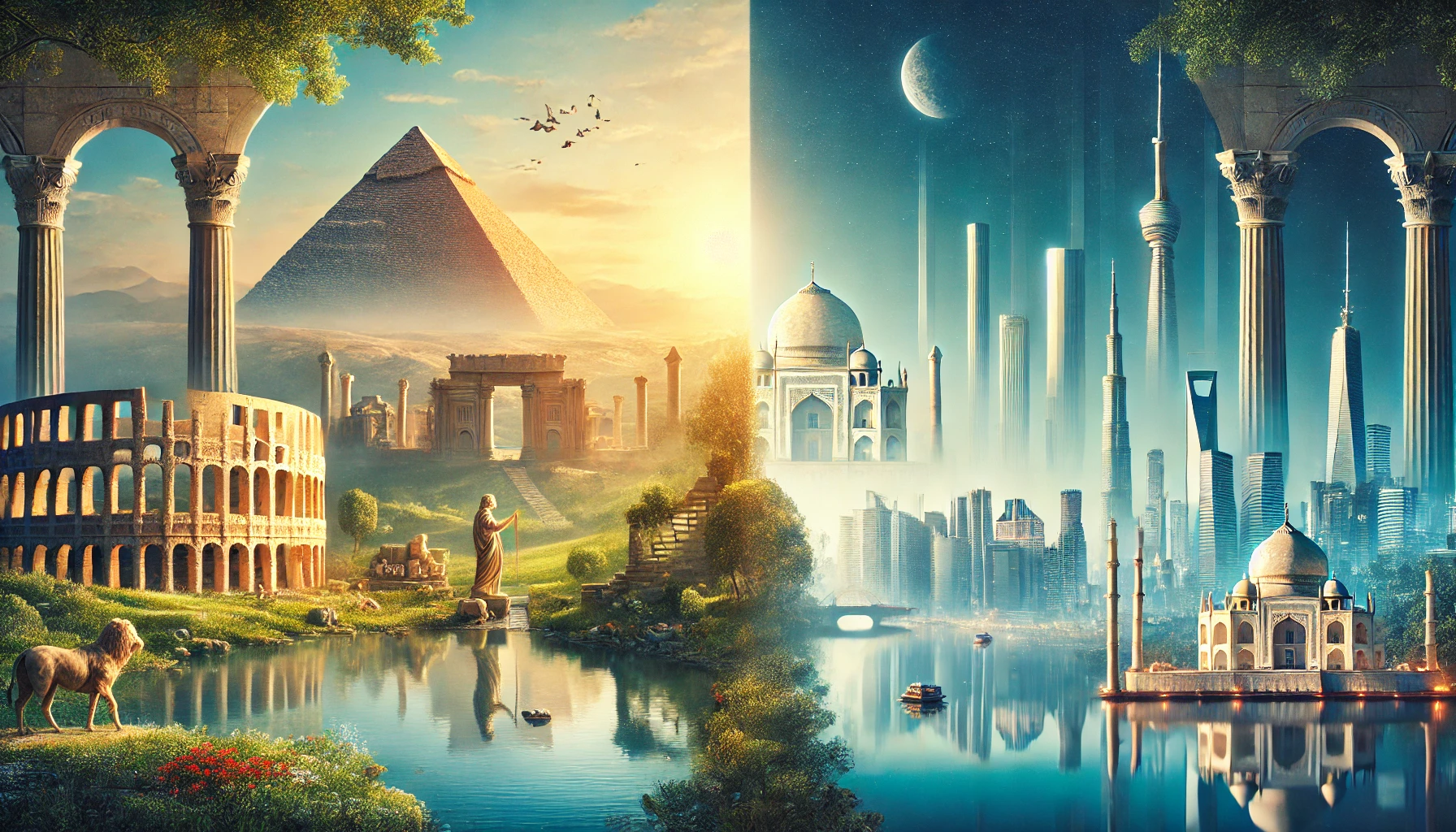
Ancient and Modern Wonders: A Journey Through Time and Innovation
The world is home to some of the most awe-inspiring structures ever created by human hands, each telling
a story of the civilizations that shaped them. Ancient Wonders, like the Great Pyramid of Giza, stand as
timeless symbols of human ingenuity and determination, having withstood the test of centuries. These
marvels offer a glimpse into the architectural prowess and cultural heritage of the past.
In contrast, Modern Wonders represent the remarkable achievements of today’s world, showcasing how
innovation and technology have transformed the way we build and connect. From the Great Wall of China to
the Burj Khalifa, modern wonders blend state-of-the-art engineering with bold visions for the future.
Together, Ancient and Modern Wonders not only celebrate the rich history of human achievement but also
inspire generations to continue pushing the boundaries of what’s possible. Join us as we explore these
spectacular creations that define both the past and the future.
The Great Pyramid of Giza:
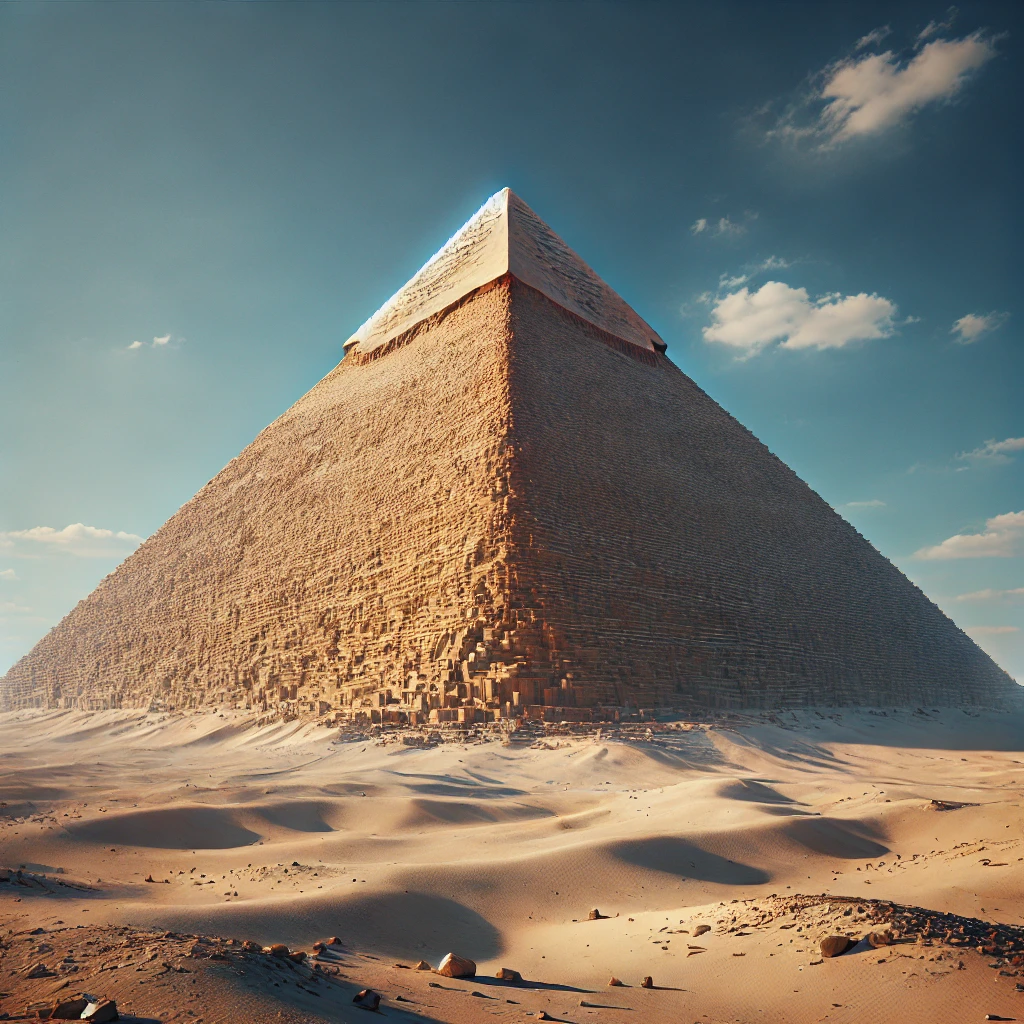
The Great Pyramid of Giza, located on the Giza Plateau near Cairo, Egypt, is the
last surviving wonder of the ancient world. Built around 2560 BC during the reign of Pharaoh Khufu, it
served as a monumental tomb and stands as a testament to the ingenuity and ambition of ancient Egyptian
civilization. The pyramid was originally 146.6 meters tall, although erosion has reduced its height to
approximately 138.5 meters today. It remained the tallest human-made structure in the world for over
3,800 years.
Constructed from an estimated 2.3 million limestone and granite blocks, each weighing between 2.5 to 15
tons, the precision of its design is remarkable. The pyramid's sides are perfectly aligned to the
cardinal points of the compass, and its internal chambers and passages demonstrate advanced engineering
skills.
The construction methods used remain a topic of debate among historians and archaeologists. Some
theories suggest the use of ramps, while others propose innovative pulley systems or other mechanical
solutions.
Surrounded by smaller pyramids, the Sphinx, and other significant structures, the Great Pyramid forms
part of a larger necropolis. It continues to attract millions of visitors annually, captivating them
with its scale, history, and enduring mystery. This masterpiece embodies the grandeur of ancient Egypt.
Hanging Gardens of Babylon:
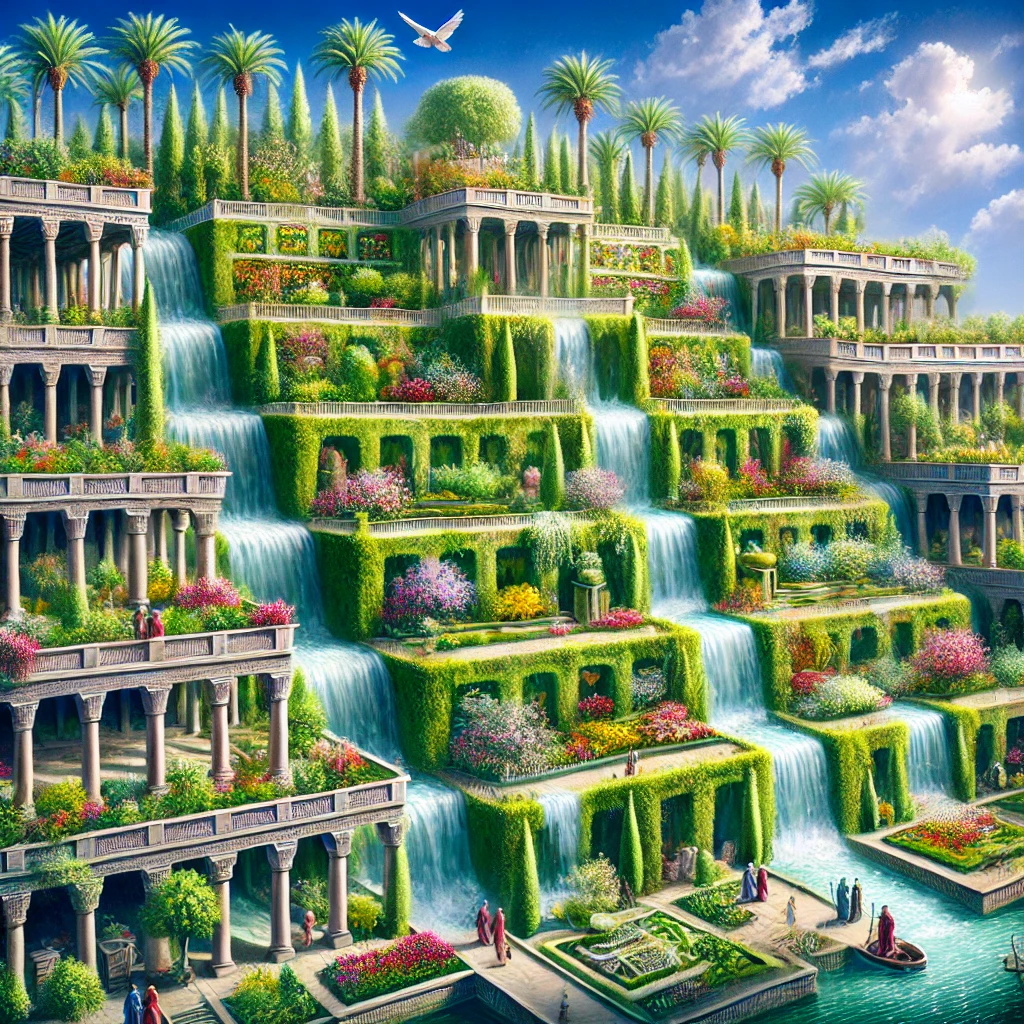
The Hanging Gardens of Babylon, one of the Seven Wonders of the Ancient World, are shrouded in mystery
and legend. Believed to have been built around 600 BC in Babylon, in present-day Iraq, they are often
attributed to King Nebuchadnezzar II. According to historical accounts, the gardens were a gift to his
wife, Queen Amytis, who missed the lush green landscapes of her homeland.
The gardens were described as a stunning series of tiered terraces, filled with vibrant plants, trees,
and flowers that created a green oasis in the arid desert. The design was said to simulate a natural
hillside, with vegetation cascading down the terraces. Advanced irrigation systems, possibly utilizing
chain pumps or aqueducts, brought water from the Euphrates River to nourish the gardens. This feat of
engineering showcased the ingenuity of ancient Babylonian technology.
However, no archaeological evidence of the gardens has ever been found in Babylon, leading some
historians to question their existence. Some suggest the accounts were romanticized stories, while
others theorize that the gardens were actually located in Nineveh, the Assyrian capital. Despite the
uncertainties.
Statue of Zeus at Olympia:
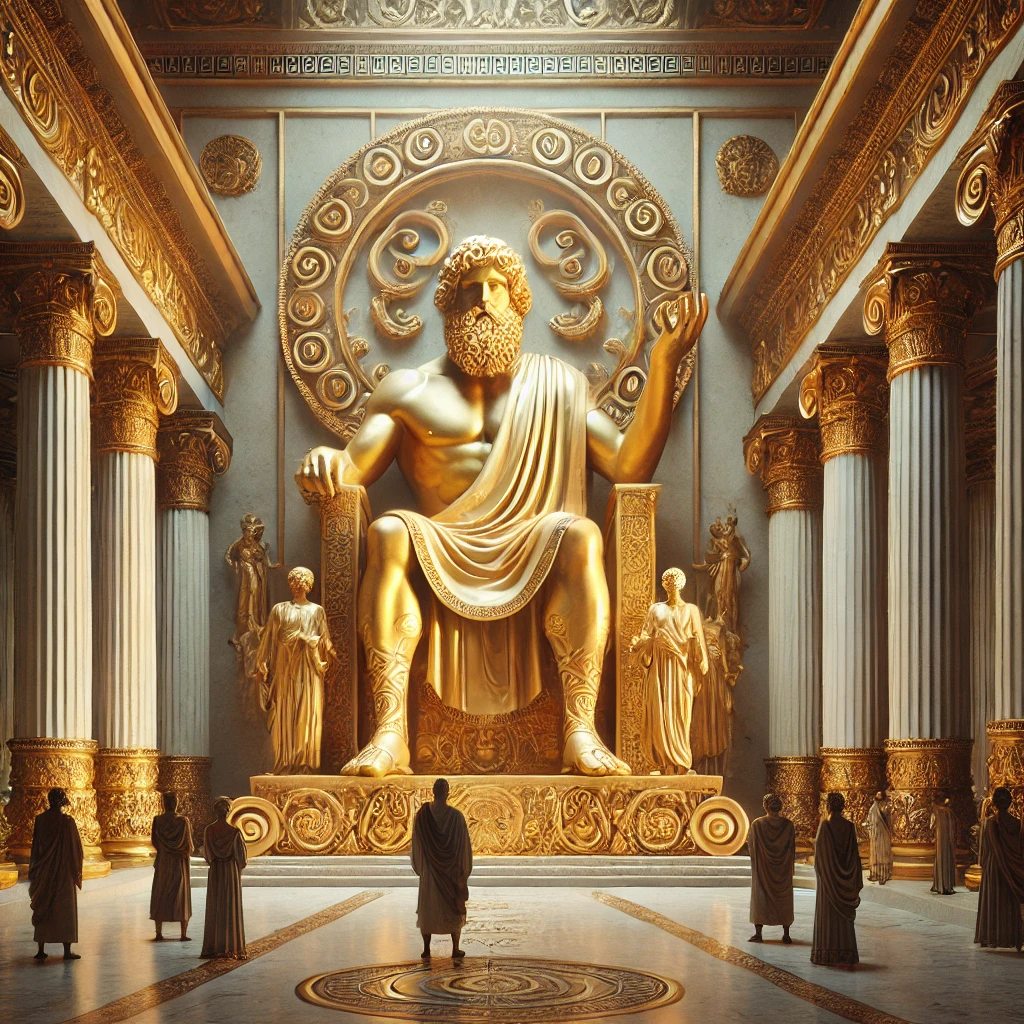
The Statue of Zeus at Olympia was one of the Seven Wonders of the Ancient World, renowned for its
grandeur and artistic excellence. It was created by the famous sculptor Phidias around 435 BCE and was
located in the Temple of Zeus in Olympia, Greece, the site of the ancient Olympic Games.
The statue depicted Zeus, the king of the Greek gods, seated on a magnificent throne made of cedarwood,
inlaid with ivory, gold, and precious stones. The figure of Zeus was immense, standing approximately 12
meters (39 feet) tall, almost touching the temple's roof, symbolizing his supreme power. In his right
hand, Zeus held a statue of Nike, the goddess of victory, and in his left, a scepter topped with an
eagle.
The artistic details were remarkable, combining materials like ivory for the skin and gold for the
garments. The throne itself was adorned with intricate carvings and mythological scenes, reflecting the
grandeur of ancient Greek craftsmanship.
The statue was considered a symbol of Greek religious devotion and cultural pride. Unfortunately, it was
destroyed in the 5th century CE due to a fire, and no physical remnants exist today. However, its legacy
endures through ancient descriptions and artistic depictions, celebrating the ingenuity and artistry of
ancient Greece.
Temple of Artemis at Ephesus:
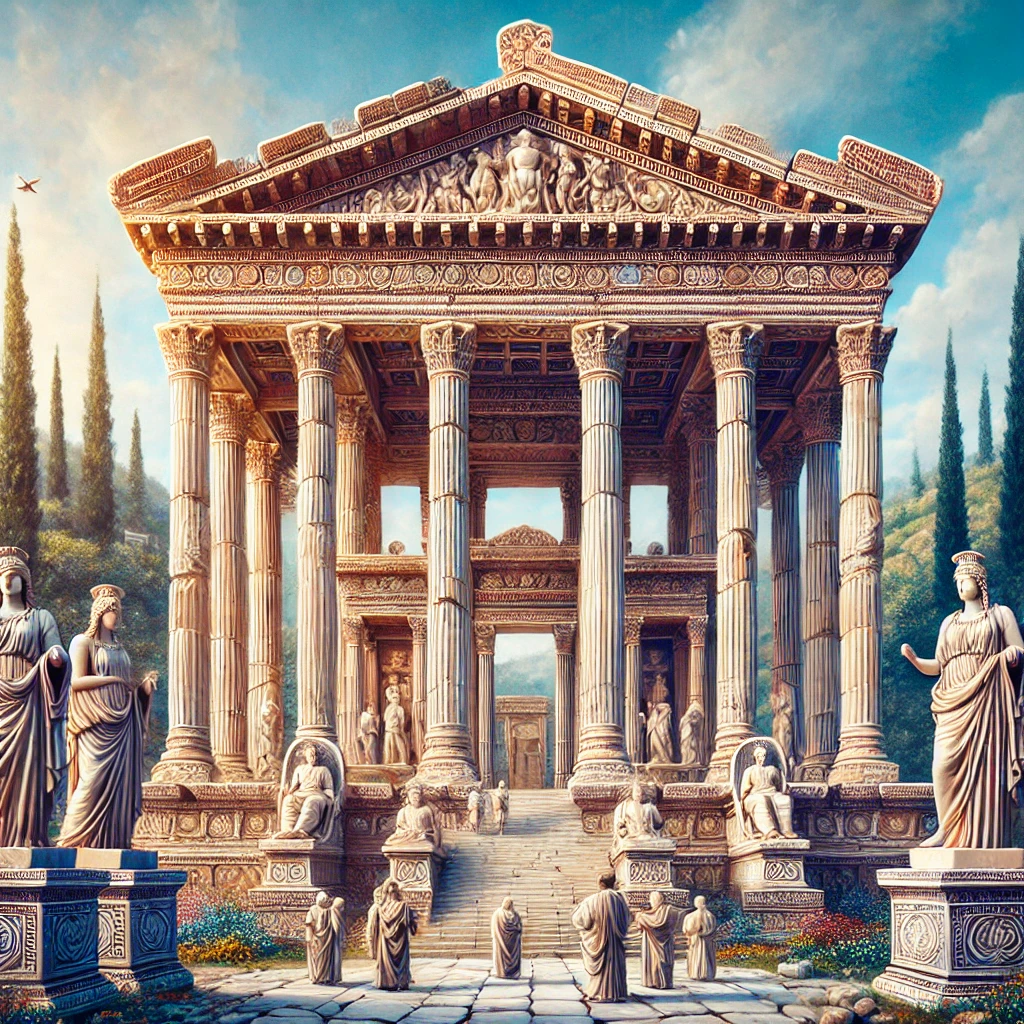
The Temple of Artemis at Ephesus, also called the Artemision, was one of the Seven Wonders of the
Ancient World. Situated in present-day Turkey, it was a magnificent temple dedicated to Artemis, the
Greek goddess of the hunt, wilderness, and fertility.
Constructed around 550 BCE, the temple was designed by the architects Chersiphron and Metagenes. It was
made entirely of marble and renowned for its grandeur. The temple featured 127 towering columns, each 18
meters (60 feet) high, arranged in a rectangular layout. Its friezes and walls were intricately carved
with scenes from Greek mythology, showcasing the artistic and architectural excellence of the time.
The Temple of Artemis was not only a religious sanctuary but also a major cultural and economic hub.
Pilgrims and traders from across the ancient world visited this iconic structure. Unfortunately, it was
destroyed several times—first by arson and later during invasions. Today, only ruins remain.
Despite its loss, the Temple of Artemis continues to be celebrated as a symbol of ancient ingenuity and
devotion. Its legacy as a masterpiece of ancient architecture endures, reflecting the cultural richness
of the ancient Greek world.
Mausoleum at Halicarnassus:
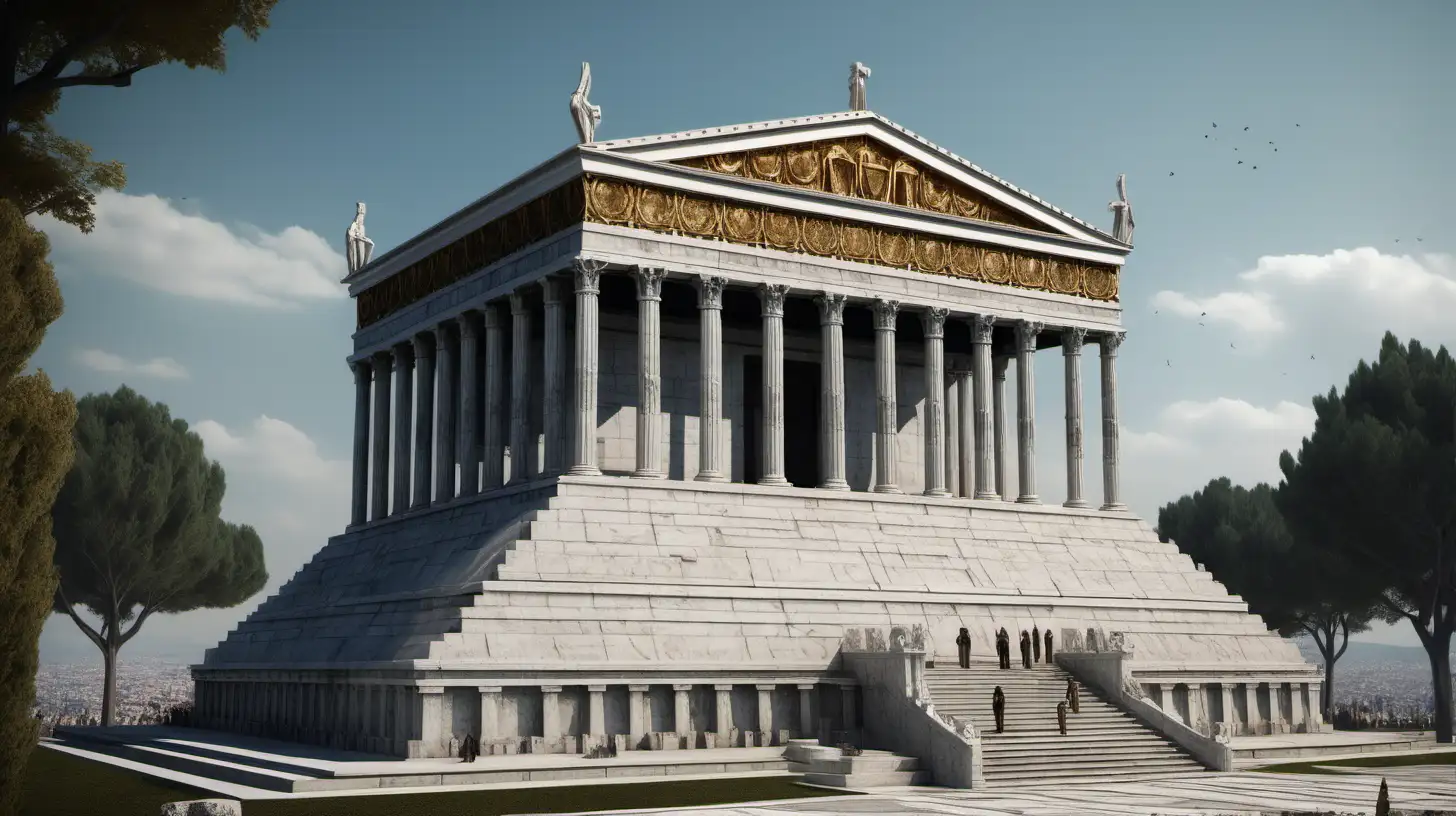
The Mausoleum at Halicarnassus, located in modern-day Turkey, was a monumental tomb built for Mausolus,
a Persian satrap of Caria, and his wife, Artemisia. Completed around 350 BCE, it stood as one of the
Seven Wonders of the Ancient World due to its grandeur and architectural innovation. The mausoleum was a
blend of Greek, Egyptian, and Lycian architectural styles, making it unique in design.
The structure stood approximately 45 meters high and was adorned with intricate sculptures, with a large
pyramid at the top, crowned by a chariot and four horses. The tomb was surrounded by 36 Ionic columns,
each richly decorated with reliefs that depicted scenes from Greek mythology and life. The building
itself was rectangular, with a base that was elevated above ground level.
The Mausoleum was not only a burial site but also a symbol of Mausolus' power and the prosperity of his
reign. It was a remarkable display of the skill and creativity of ancient architects and sculptors, most
notably the work of the famous Greek sculptor Scopas.
Although the mausoleum no longer stands in its original form, its influence can still be seen in the
design of later tombs, including the famous Taj Mahal in India. Today, the site remains an important
archaeological and historical landmark, drawing visitors to witness the lasting legacy of ancient Greek
architecture.
The Lighthouse of Alexandria:
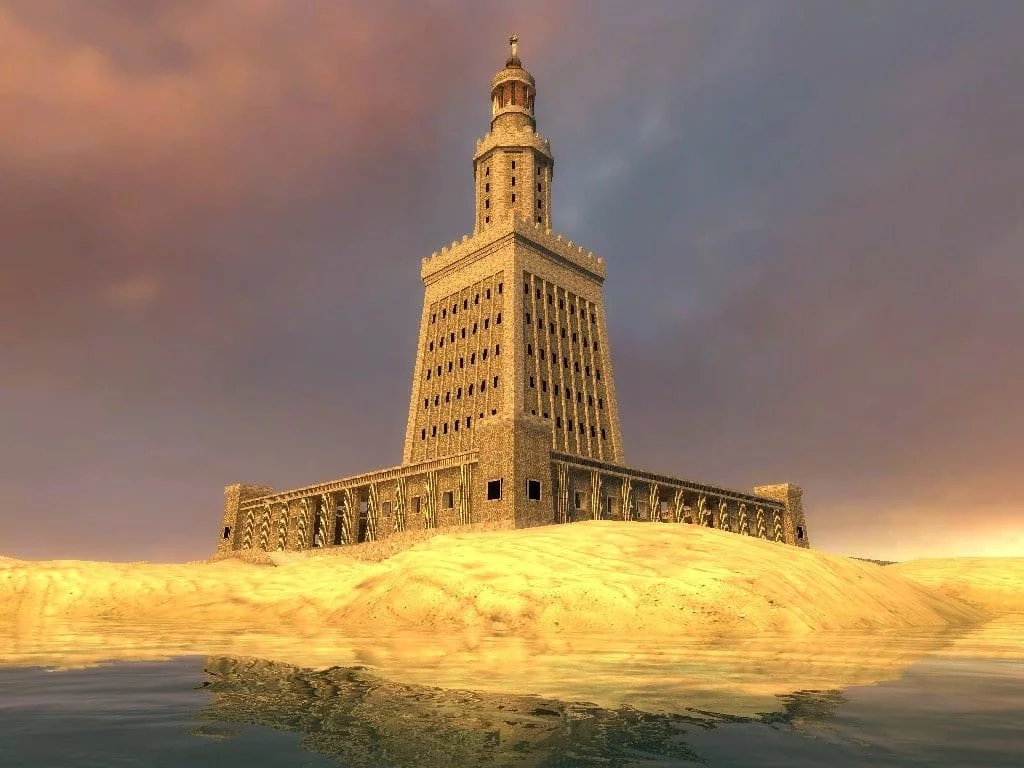
The Lighthouse of Alexandria, also known as the Pharos of Alexandria, was one of the Seven Wonders of
the Ancient World. Located on the small island of Pharos, which was connected to the city of Alexandria
by a causeway, the lighthouse served both as a beacon for sailors navigating the busy Mediterranean Sea
and as a symbol of the city's strength and innovation.
Built during the reign of Ptolemy II Philadelphus (283–246 BCE), the lighthouse was designed by the
Greek architect Sostratus of Cnidus. It was estimated to be between 100 and 130 meters (330 to 430 feet)
tall, making it one of the tallest man-made structures of the ancient world. The lighthouse had three
tiers: a square base with a circular tower, topped with a statue of Zeus or Poseidon, depending on
sources, holding a torch. A large flame was lit at the top, which helped guide ships safely into the
harbor, especially at night.
The lighthouse was severely damaged by earthquakes in the 12th century and eventually collapsed.
Although no remnants of the lighthouse remain today, its legacy continues to influence modern
lighthouses. The word "pharos" became synonymous with "lighthouse" in many languages. The Lighthouse of
Alexandria remains an enduring symbol of ancient architectural and engineering achievement.
The Great Wall of China:
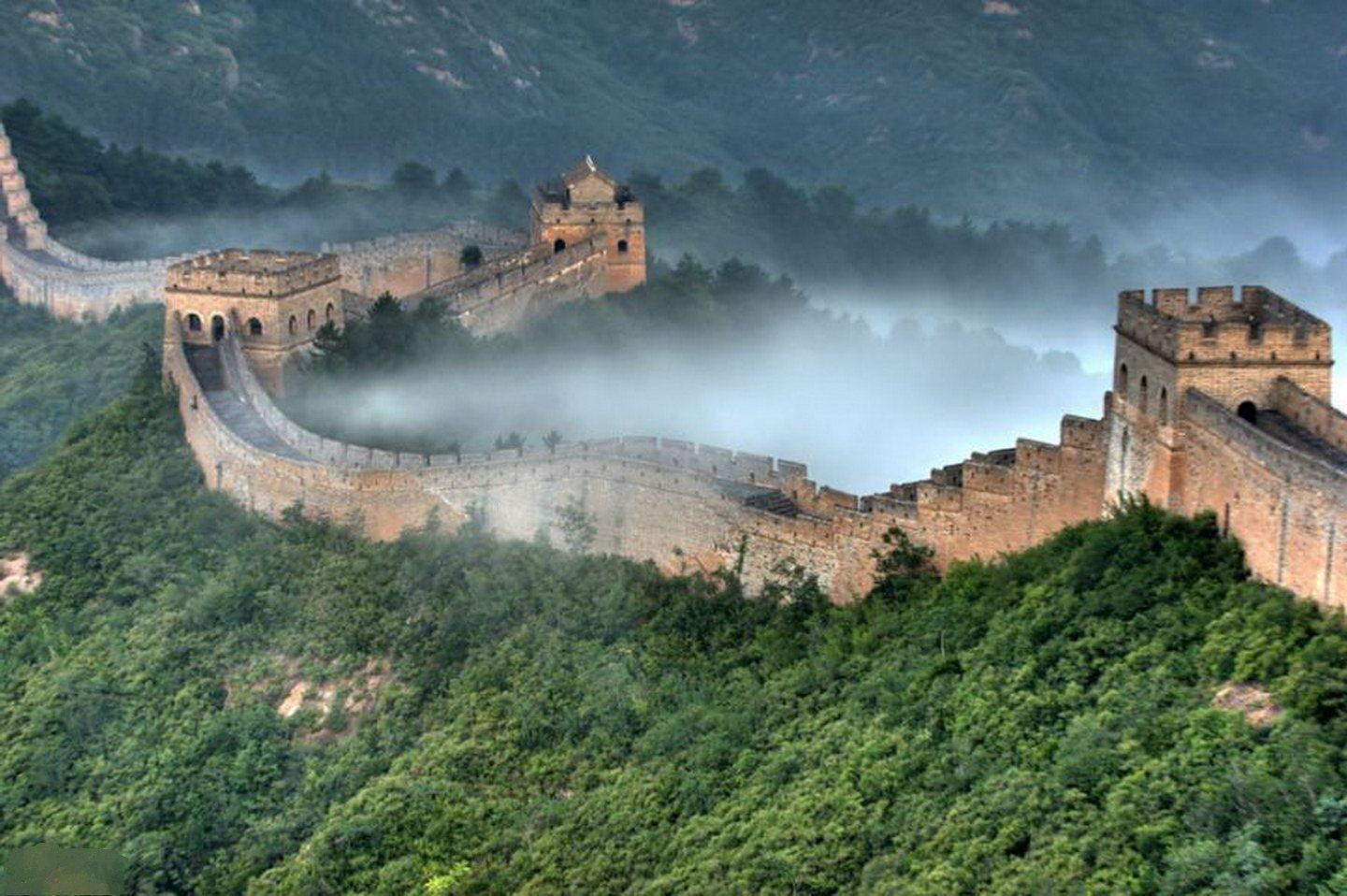
The Great Wall of China is one of the most impressive architectural feats in history. Stretching over
13,000 miles, it was built over several centuries, starting in the 7th century BC and continuing through
the Ming Dynasty (14th–17th centuries). The wall was primarily constructed for defense, protecting China
from invasions by nomadic tribes from the north, like the Mongols. Made of various materials, including
earth, wood, and brick, the wall is not a continuous structure but rather a series of walls and
fortifications.
The Great Wall is famous not just for its size but for its ingenuity. Its design includes watchtowers
for surveillance, troop barracks, and signal fires for communication. While much of the wall is in
ruins, parts of it remain remarkably well-preserved, making it a popular tourist attraction. The Great
Wall also symbolizes China's strength, determination, and rich cultural heritage.
Today, the Great Wall is a UNESCO World Heritage site and stands as a testament to human perseverance
and the ability to adapt to environmental challenges. It continues to capture the imagination of people
around the world, representing an important chapter in both Chinese history and global heritage.
Petra, Jordan:
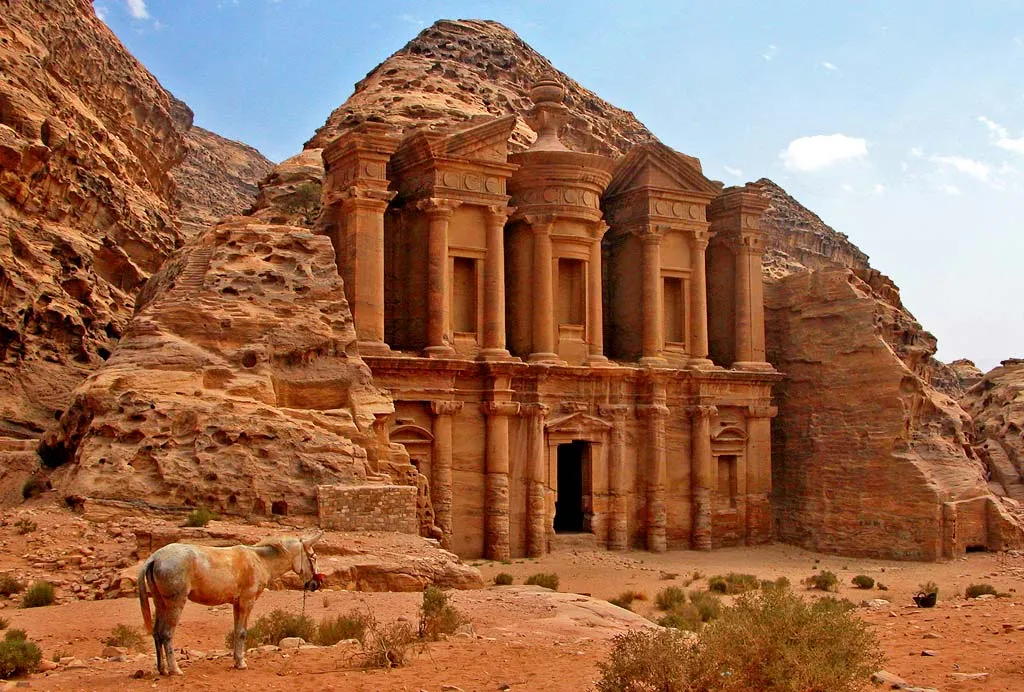
Petra, the ancient city of stone, is one of the most fascinating archaeological sites in the world.
Carved into the rose-red cliffs of southern Jordan, Petra was once the thriving capital of the Nabatean
Kingdom around the 4th century BC. The Nabateans, skilled in water management and trade, transformed
Petra into a wealthy hub, controlling trade routes between Arabia, Egypt, and the Mediterranean.
What makes Petra unique is its rock-cut architecture. The city’s most famous structure, Al-Khazneh (the
Treasury), is an intricately carved façade, which appears as if it were sculpted from the mountain
itself. Other impressive structures include temples, tombs, and an amphitheater, all chiseled into the
rock. The city also features a sophisticated water system that enabled the Nabateans to thrive in the
harsh desert environment.
Petra remained hidden from the Western world until it was rediscovered in 1812 by Swiss explorer Johann
Ludwig Burckhardt. Today, Petra is a UNESCO World Heritage site and one of the most visited tourist
destinations in the Middle East. The city's architectural and engineering feats continue to astonish
visitors, making it a symbol of human creativity and adaptability.
Christ the Redeemer, Brazil:
.jpeg)
Standing tall over the city of Rio de Janeiro, the Christ the Redeemer statue is one of the most iconic
landmarks in the world. At 98 feet tall, with arms stretching 92 feet wide, the statue of Jesus Christ
overlooks the city from the peak of Corcovado Mountain. Completed in 1931, it was designed by Brazilian
engineer Heitor da Silva Costa and created by French sculptor Paul Landowski.
Made of reinforced concrete and covered in soapstone tiles, the statue symbolizes Christianity and the
warmth and welcome of the Brazilian people. It is an enduring symbol of hope, faith, and peace,
embracing all those who visit Rio. The statue's location on Corcovado Mountain offers a breathtaking
panoramic view of the city, including the famous beaches of Copacabana and Ipanema.
Christ the Redeemer is not only an architectural wonder but also a cultural symbol of Brazil. It stands
as a reminder of Rio’s rich cultural and religious heritage and is an important pilgrimage site for
many. In 2007, the statue was officially recognized as one of the New Seven Wonders of the World due to
its global significance and extraordinary design.
Machu Picchu, Peru:
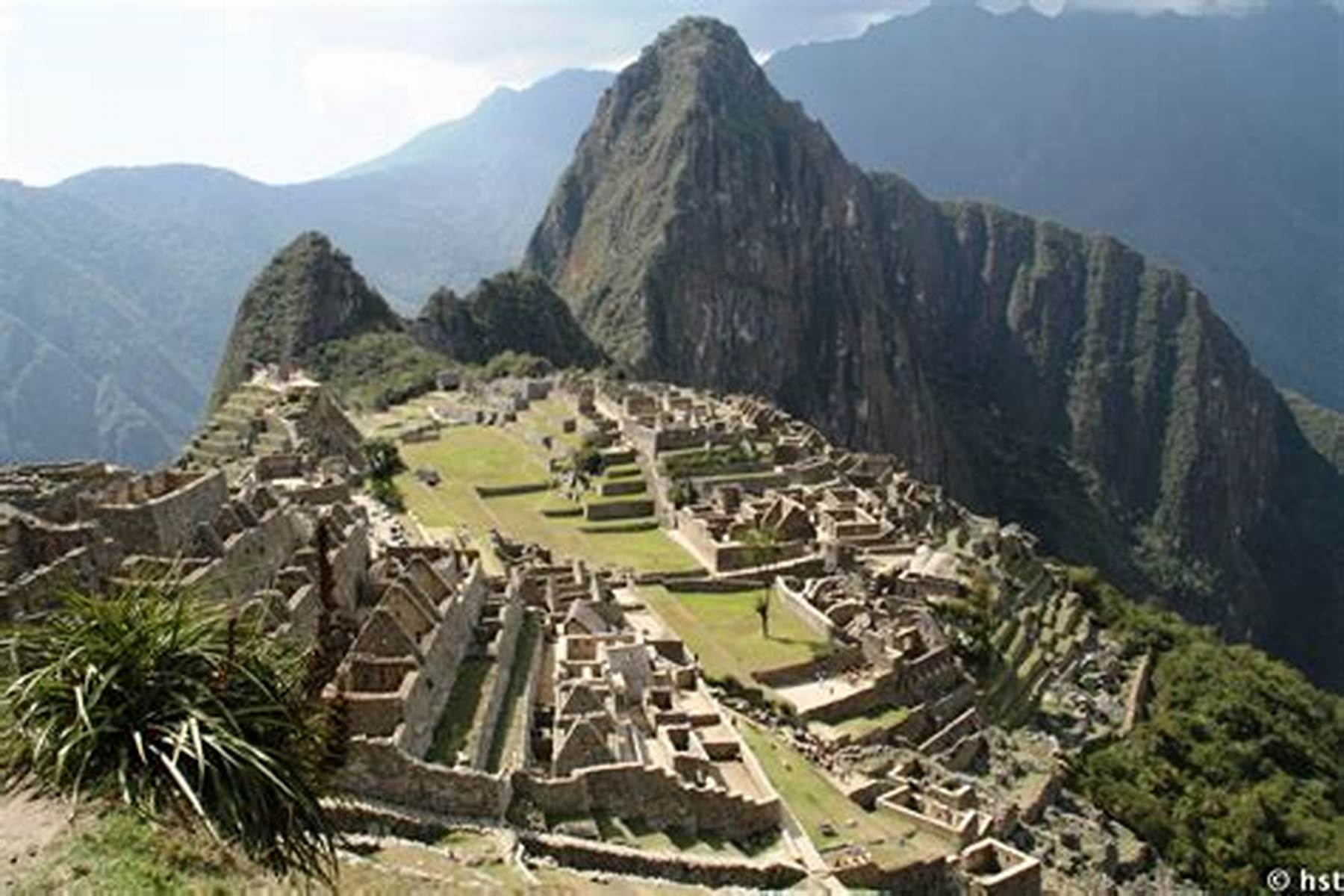
Machu Picchu, an ancient Incan city set high in the Peruvian Andes, is one of the most extraordinary
archaeological sites in the world. Built in the 15th century by the Inca emperor Pachacuti, Machu Picchu
was abandoned in the 16th century during the Spanish Conquest and remained hidden from the outside world
until its rediscovery by explorer Hiram Bingham in 1911.
The city sits 7,970 feet above sea level, and its location atop a mountain makes it accessible only by
foot, creating a sense of awe and mystery. The site is known for its sophisticated dry-stone
construction, with structures such as temples, plazas, and terraces that blend seamlessly into the
natural landscape. The most famous part of the site is the Intihuatana stone, believed to have been used
by the Incas as a solar clock or religious site.
Machu Picchu remains a testament to the advanced engineering and agricultural techniques of the Incas,
particularly their ability to adapt to the mountainous terrain. Today, it is a UNESCO World Heritage
site and one of the most visited tourist destinations in South America, attracting millions of visitors
each year who come to marvel at its beauty and historical significance.
Chichen Itza, Mexico:
.jpeg)
Chichen Itza, located in the Yucatán Peninsula of Mexico, is a stunning example of ancient Mayan
civilization. The site was once a major city between the 7th and 10th centuries, and it was a political,
economic, and religious center for the Maya people. The city is best known for the pyramid of El
Castillo (Temple of Kukulcán), a massive step pyramid that was used for astronomical and religious
purposes.
El Castillo is famous for the way the sun creates an optical illusion during the spring and autumn
equinoxes, making it appear as though a serpent is slithering down its steps. This phenomenon
demonstrates the Mayans' advanced understanding of astronomy and their connection to the natural world.
The site also features a ball court, observatories, and other temples, showcasing the cultural and
architectural achievements of the Maya.
Today, Chichen Itza is a UNESCO World Heritage site and a popular tourist destination. It continues to
draw visitors with its impressive structures, advanced scientific knowledge, and rich history, offering
a glimpse into one of the most powerful civilizations of pre-Columbian America.
Roman Colosseum, Italy:
.jpeg)
The Colosseum in Rome, Italy, is one of the most iconic structures of ancient Rome and a symbol of Roman
engineering and entertainment. Completed in 80 AD under Emperor Titus, the Colosseum was used for
gladiatorial contests, public spectacles, and other forms of entertainment, such as animal hunts and
mock naval battles.
With a capacity to hold up to 50,000 spectators, the Colosseum was an architectural marvel of its time.
Made of concrete and stone, it is an elliptical amphitheater that measures 620 by 513 feet. The
Colosseum’s design includes a complex system of arches and vaults, making it not only a functional
structure but also an aesthetically pleasing one.
Though it has suffered damage from earthquakes and looting over the centuries, the Colosseum remains one
of the best-preserved monuments from ancient Rome. It stands today as a reminder of Rome’s imperial
power and a tribute to its architectural and engineering genius. As a UNESCO World Heritage site, it is
one of the most visited tourist attractions in the world, drawing millions of visitors annually who come
to experience its historical significance and grandeur.
Taj Mahal, India:
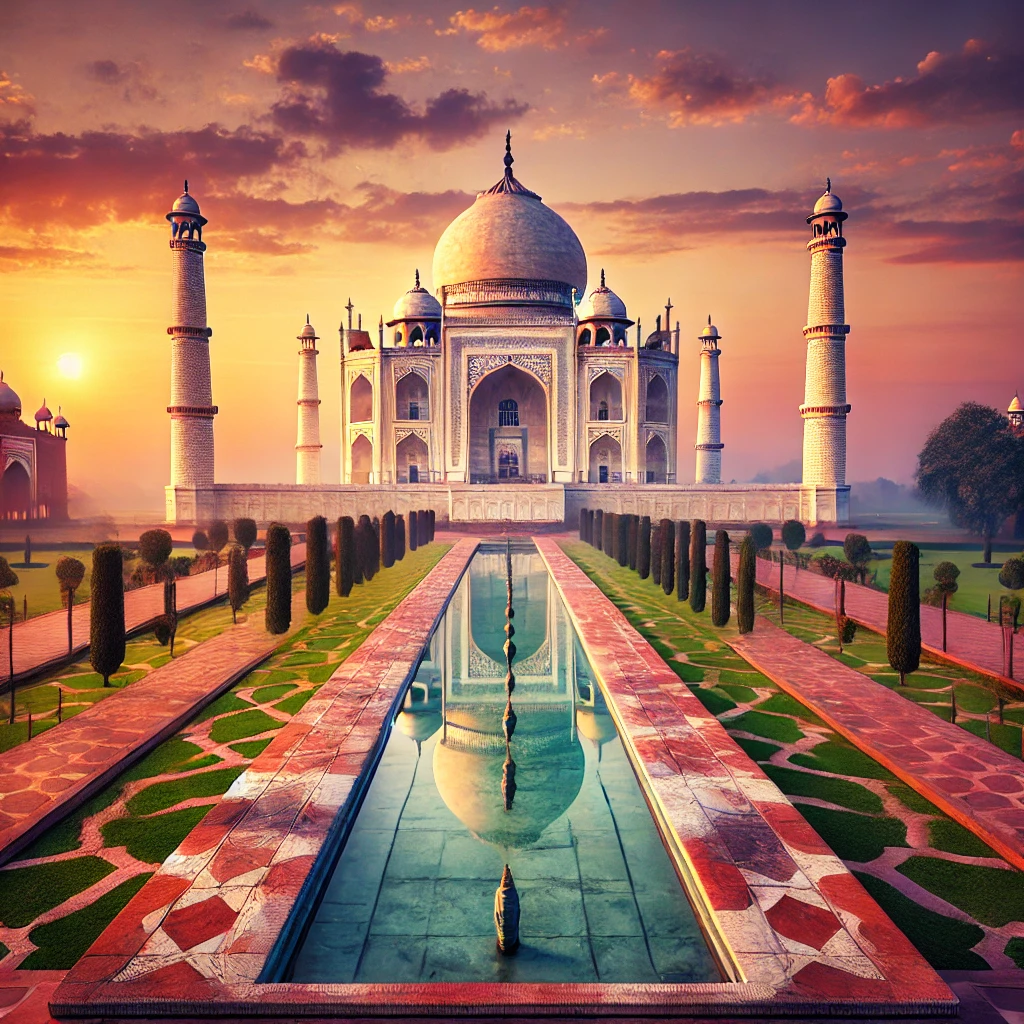
The Taj Mahal, located in Agra, India, is a breathtaking white marble mausoleum that has become a symbol
of eternal love. Built by Mughal emperor Shah Jahan in memory of his beloved wife Mumtaz Mahal, who died
during childbirth in 1631, the Taj Mahal is considered one of the most beautiful buildings in the world.
Completed in 1653, the Taj Mahal combines elements of Persian, Ottoman Turkish, and Indian architecture,
with its large dome, minarets, and intricate carvings. The mausoleum is set in a vast garden with
reflecting pools, adding to its serene beauty. The marble surface is inlaid with precious stones, and
the entire structure is meticulously designed to create a perfect symmetry that is visually stunning.
The Taj Mahal is not only an architectural masterpiece but also a symbol of the power of love and the
Mughal Empire. It attracts millions of visitors every year, making it one of the most famous tourist
attractions in the world. In 1983, it was designated a UNESCO World Heritage site, and it continues to
be one of the most iconic landmarks in India and the world.








.jpeg)

.jpeg)
.jpeg)
